Vacuum interstellar
The vacuum is it really empty?
We must not confuse the void and nothingness that is the absence of everything. The vacuum is primarily a philosophical concept but it means the absence of matter. Concretely a vacuum is not total or at least it is very difficult to meet. In common sense, when we say that a container is empty, it is filled with air. An empty glass or an empty bottle contains approximately 2x1015 molecules per cubic millimeter, i.e. two million billion molecules.
The terminology of the vacuum is ambiguous: if a vacuum is not empty, deserve its this name?
Physicists define a vacuum as what remains when we eliminated all it is experimentally possible to remove a portion of space and emptiness is defined by an experimental limit.
There is therefore no empty but ultra-high vacuum. The UHV is obtained when the pressure is very low 10-7 Pa, unity of the international system. This is an area in which the molecules are highly scarce.
How can the void?
To vacuum, it takes a watertight enclosure and pump air with a vacuum pump, we define the quality of vacuum by residual air pressure, expressed in Pascal (Pa), or in the industrial millibar (mbar) or torr (mm Hg. We understand now that the gap can only be partial. A strong UHV on Earth corresponds to a pressure of about 10-8 Pa.
At this pressure there are still 2 million molecules per cubic centimeter. The difference in the density of interstellar gas is huge, it is about 1 atom per cubic centimeter, is not the vacuum does not exist.
The electromagnetic waves through a vacuum, there is a vacuum in electromagnetic field variations, but these fields do not require hardware support.
The vacuum is the absence of both matter but also radiation, so it does not exist.
Albert Einstein devoted Annex 5 of his book Relativity - Special and General Theory (Relativity - The Special and the General Theory, translated by Robert Lawson, 1961) to relativity and the problem of space. He cites Descartes and Kant and gives reason to Descartes, denying the existence of the vacuum, ie, he says, a blank field.
He notes in his preface to the 9th edition of the book: "physical objects are not in space, but these objects have a spatial extent. In this way, the concept of empty space loses its meaning."
Image: A pressure of a Paschal (Pa) is a uniform, acting on a flat surface of 1 square meter, exercise perpendicular to the surface a force total of 1 newton.
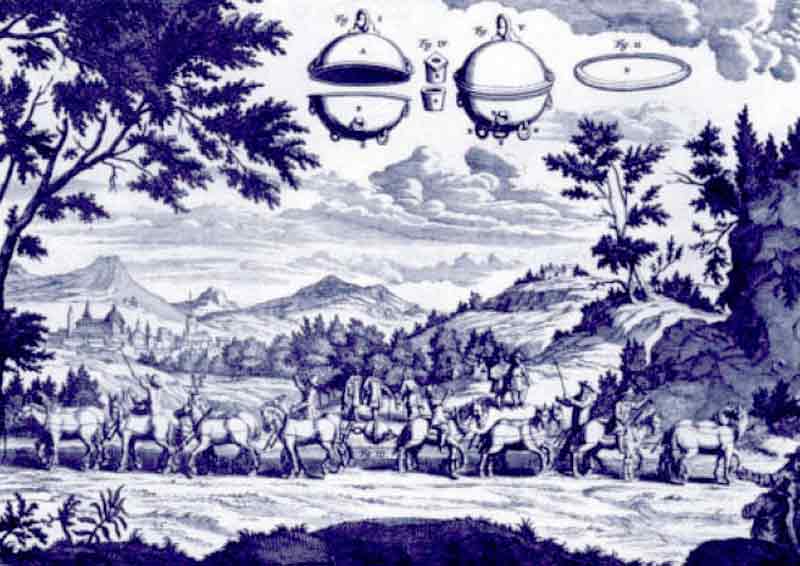
Image: A newton (N) is the force capable of communicating with a mass of 1 kilogram an acceleration of 1 m / s ² (which can be read A newton is the force capable of communicating with a mass of 1 kg increased speed of 1 meter per second every second, or 3.6 kilometers per hour per second).
Magdeburg hemispheres
Magdeburg hemispheres made in 1654 were at the time, one of the most surprising of Otto von Guericke, mayor of Magdeburg, to highlight the "empty".
Two hemispheres empty a little more than thirty centimeters in diameter were assembled so perfectly that the air could be pumped them with the means at the time. So the pressure of the atmosphere surrounding that hold together firmly, since the inside was almost empty. In Regensburg, in 1657 before the Diet (assembly official) and the emperor, we tried to separate the two hemispheres and two couplings of 8 horses could not do it. This experience has demonstrated the action of atmospheric pressure on the hemispheres and thus on the entire surface of the Earth.
Image: The Magdeburg hemispheres drawn by Anton Bekannt GNU Free Documentation License.
Legend of the design:
1. Strings (horses derive left and right out of the picture)
2. Pieces of wood on which are fixed ropes,
3. Ring leather stained with oil and wax, to promote the sealing of the two hemispheres,
4. Tap extracting air,
5. Ring of money keeping ropes.
Source: German Wikipedia, original upload 2. Apr 2004 by Anton.

Articles on the same theme
"The data available on this site may be used provided that the source is duly acknowledged."
 Electroweak Force: The Unification of Electromagnetism and the Weak Interaction
Electroweak Force: The Unification of Electromagnetism and the Weak Interaction  Special Relativity: The Beginning of a New Physics
Special Relativity: The Beginning of a New Physics  The Higgs Boson: The Unification of Fundamental Forces
The Higgs Boson: The Unification of Fundamental Forces Quantum Entanglement: When Two Particles Become One!
Quantum Entanglement: When Two Particles Become One! The Pentaquark: A New Piece of the Cosmic Puzzle!
The Pentaquark: A New Piece of the Cosmic Puzzle! Why are Rare Gases
rare?
Why are Rare Gases
rare? Brownian Motion: A Link Between Two Worlds
Brownian Motion: A Link Between Two Worlds The 4 Articles of Albert Einstein from 1905
The 4 Articles of Albert Einstein from 1905  Why does nuclear fusion require so much energy?
Why does nuclear fusion require so much energy?  Feynman diagrams and particle physics
Feynman diagrams and particle physics  Stars cannot create elements heavier than iron because of the nuclear instability barrier
Stars cannot create elements heavier than iron because of the nuclear instability barrier  What is β radioactivity?
What is β radioactivity? 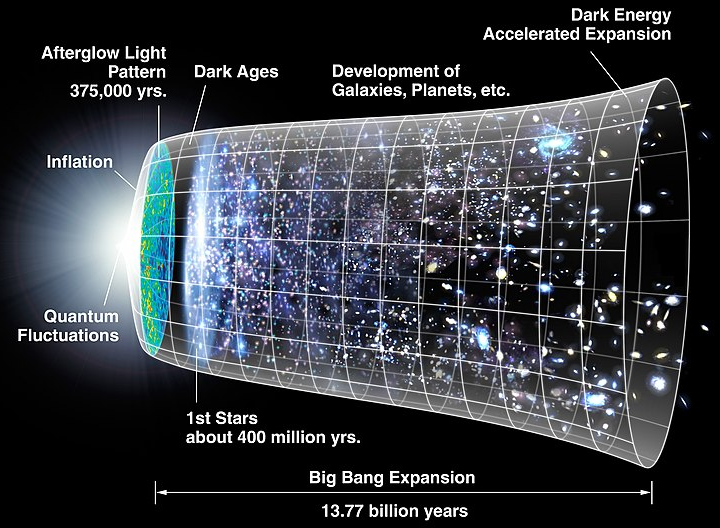 Planck wall
theory
Planck wall
theory  The Large Hadron Collider
The Large Hadron Collider  The hadron is not a fixed object
The hadron is not a fixed object  Radioactivity, natural and artificial
Radioactivity, natural and artificial  The World of Nanoparticles: An Invisible Revolution
The World of Nanoparticles: An Invisible Revolution  Schrodinger's Cat
Schrodinger's Cat
 Before
the big bang the multiverse
Before
the big bang the multiverse  Eternal
inflation
Eternal
inflation  Gravitational
waves
Gravitational
waves 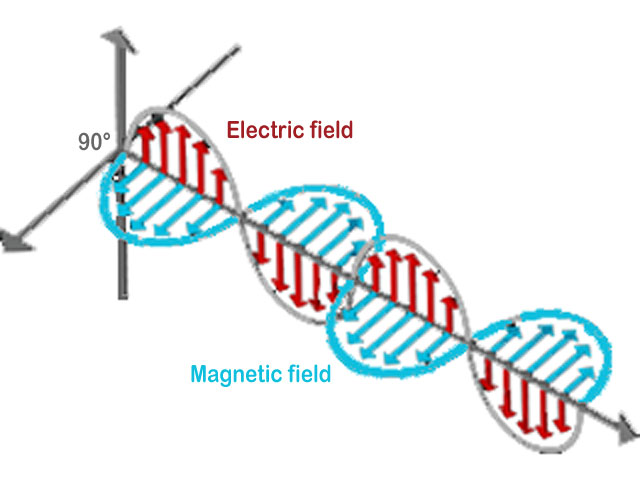 What
is a wave?
What
is a wave?  The fields of reality: what is a field?
The fields of reality: what is a field? 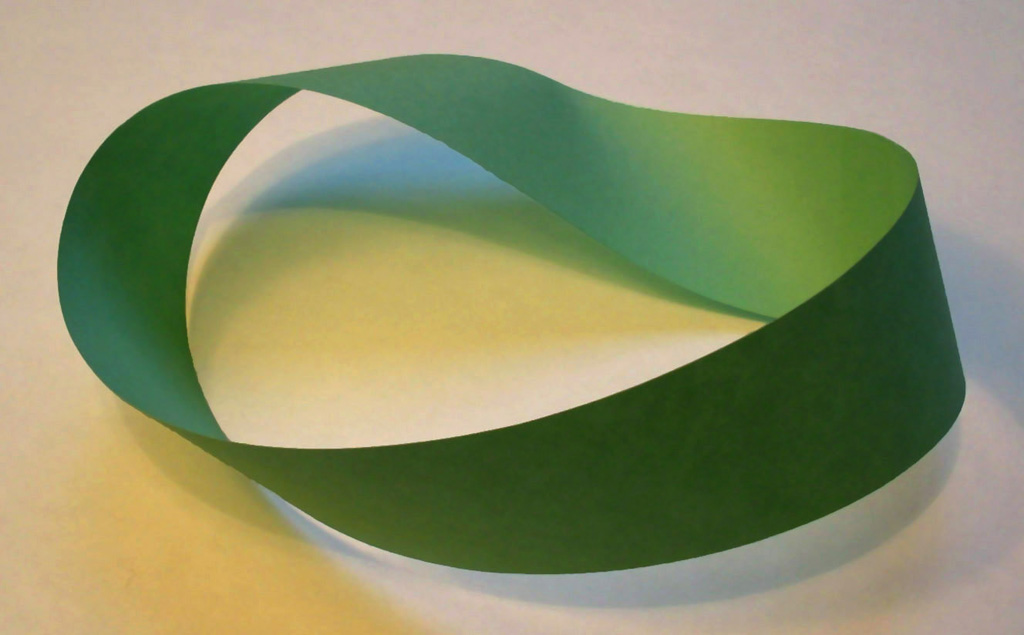 Space in time
Space in time
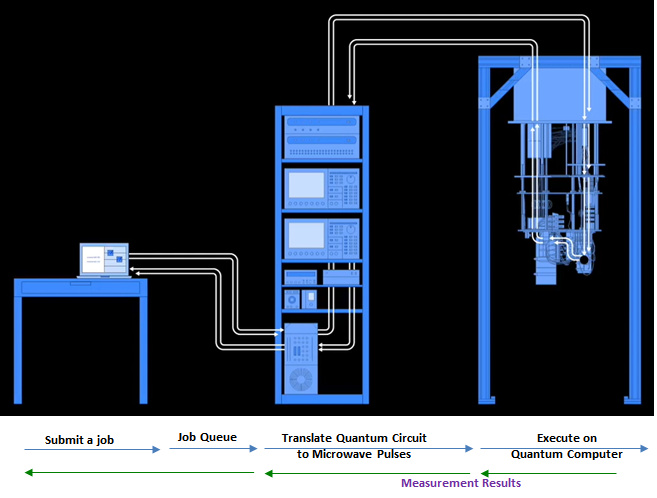 Quantum computers
Quantum computers
 Bose-Einstein condensate
Bose-Einstein condensate  Equation of Newton's three laws
Equation of Newton's three laws  Field concept
in physics
Field concept
in physics  The electron, a kind of electrical point
The electron, a kind of electrical point 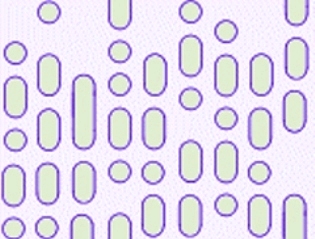 Entropy and
disorder
Entropy and
disorder  Light, all the light of the spectrum
Light, all the light of the spectrum 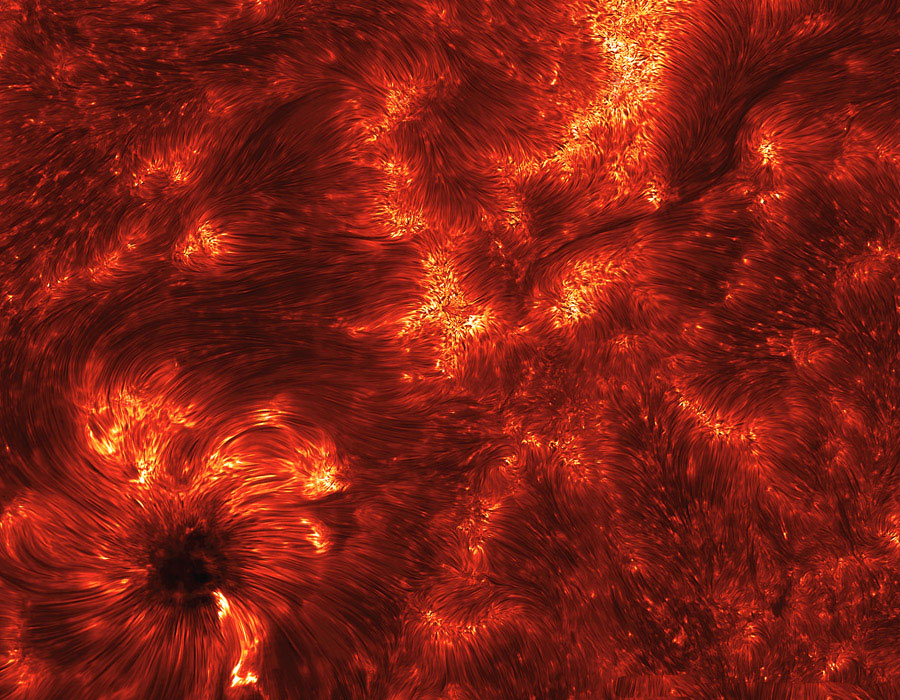 The
infernal journey of the photon
The
infernal journey of the photon  Mystery of the Big Bang, the problem of the horizon
Mystery of the Big Bang, the problem of the horizon 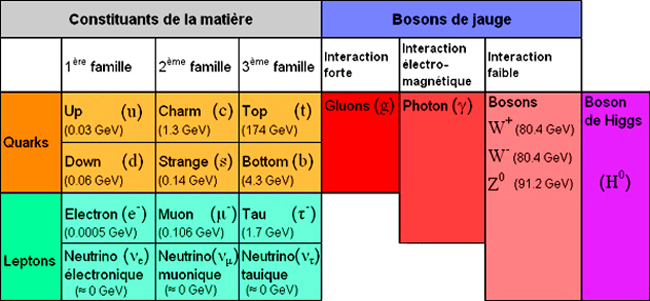 The neutrino and beta radioactivity
The neutrino and beta radioactivity 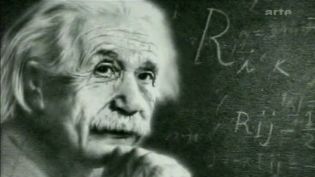 Einstein's space
time
Einstein's space
time  Time Measurement: Scientific and Technological Challenge
Time Measurement: Scientific and Technological Challenge  Physical and Cosmological Constants: Universal Numbers at the Origin of Everything
Physical and Cosmological Constants: Universal Numbers at the Origin of Everything  Spectroscopy, an inexhaustible source of information
Spectroscopy, an inexhaustible source of information  Abundance of chemical elements in the universe
Abundance of chemical elements in the universe  The size of atoms
The size of atoms
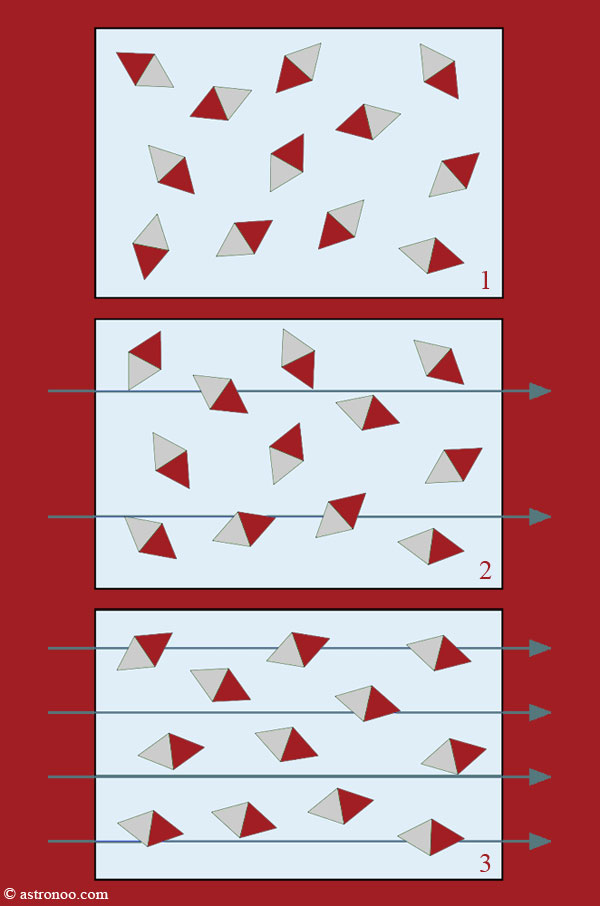 The
magnetic order and magnetization
The
magnetic order and magnetization  The quark confinement
The quark confinement
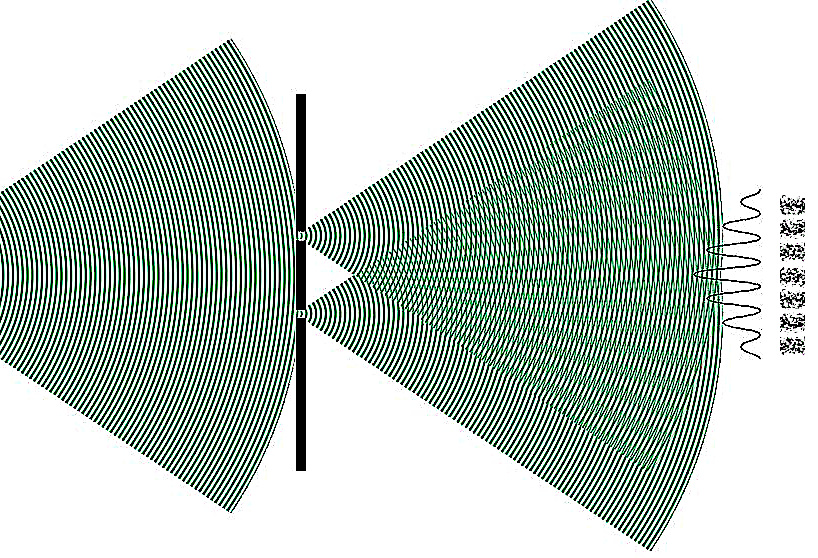 Superpositions of quantum states
Superpositions of quantum states  Alpha decay (α)
Alpha decay (α)
 Electromagnetic induction equation
Electromagnetic induction equation  Nuclear
fusion, natural energy source
Nuclear
fusion, natural energy source  Does dark
matter exist?
Does dark
matter exist?  Non-baryonic matter
Non-baryonic matter
 From the Ancient Atom to the Modern Atom: An Exploration of Atomic Models
From the Ancient Atom to the Modern Atom: An Exploration of Atomic Models  The mystery of matter, where mass comes from
The mystery of matter, where mass comes from  Nuclear
energy and uranium
Nuclear
energy and uranium 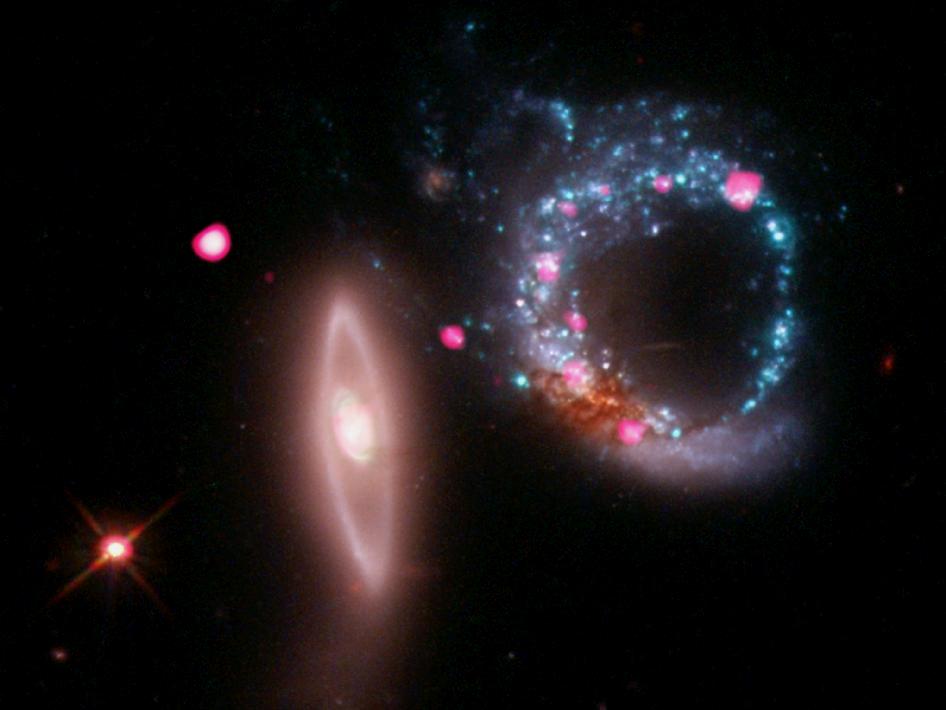 The Universe
of X-rays
The Universe
of X-rays  How
many photons to heat a coffee?
How
many photons to heat a coffee?  Seeing Atoms: An Exploration of Atomic Structure
Seeing Atoms: An Exploration of Atomic Structure 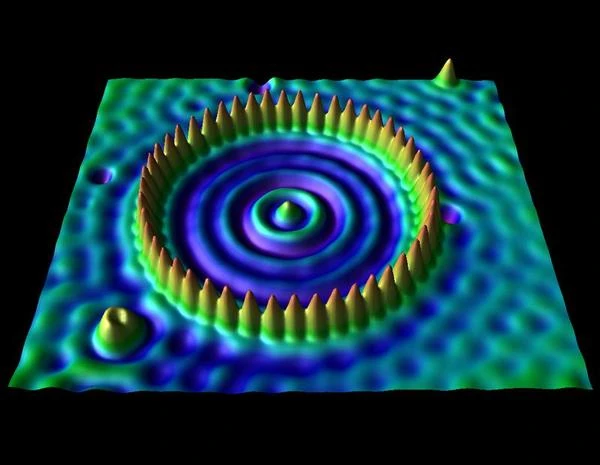 Quantum tunneling of quantum mechanics
Quantum tunneling of quantum mechanics  Entropy: What is Time?
Entropy: What is Time?  The 12 Particles of Matter: Understanding the Universe at the Subatomic Scale
The 12 Particles of Matter: Understanding the Universe at the Subatomic Scale  The Atomic Orbital: Image of the Atom
The Atomic Orbital: Image of the Atom  Earth's radioactivity
Earth's radioactivity
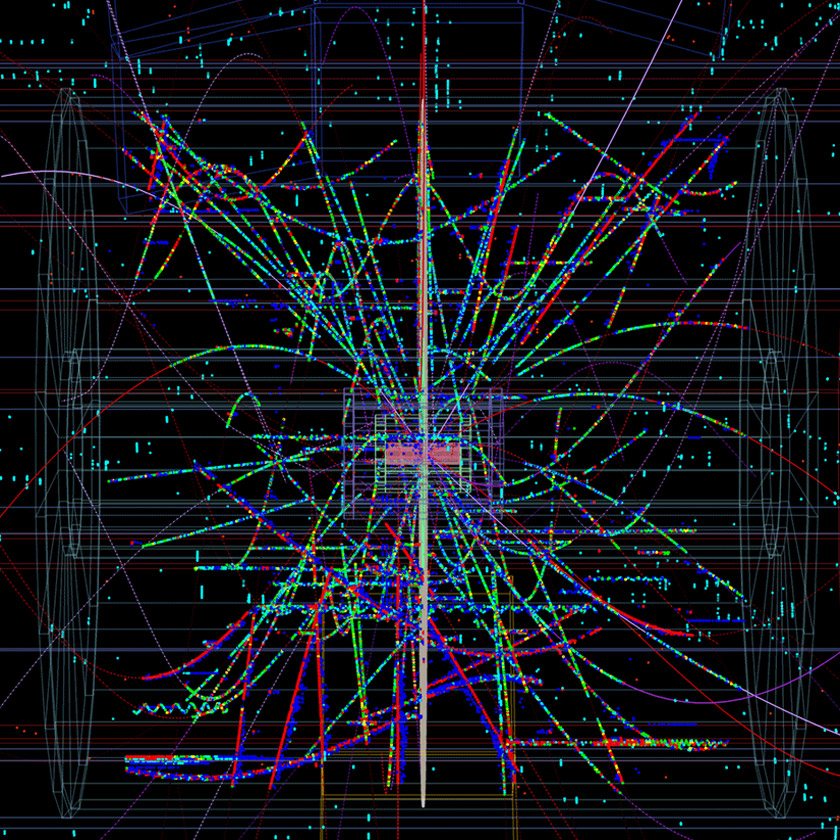 The vacuum has considerable energy
The vacuum has considerable energy 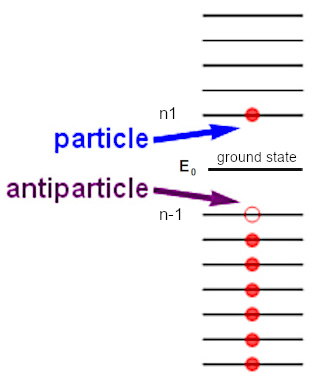 Antimatter and antiparticle
Antimatter and antiparticle 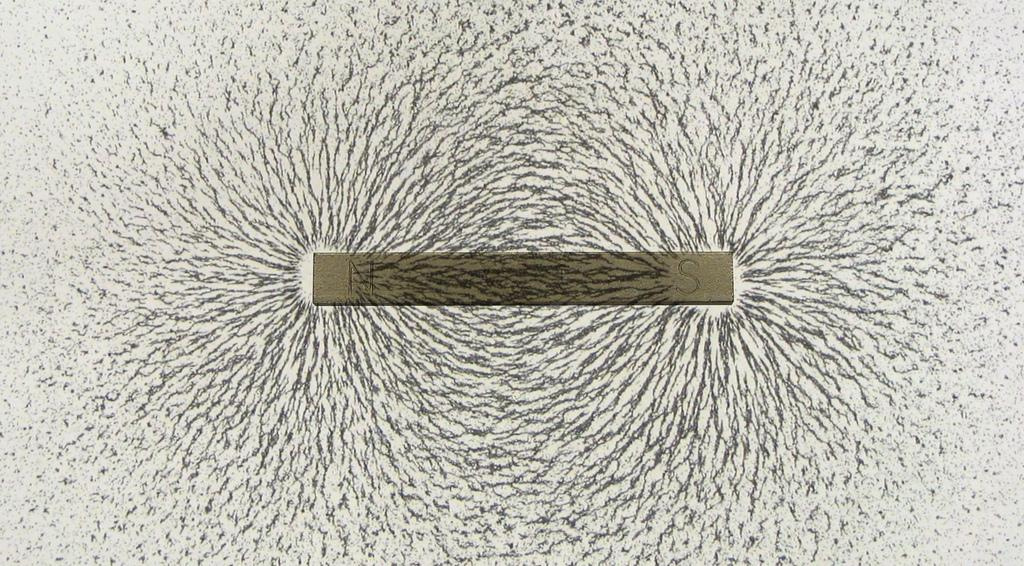 What is an
electric charge?
What is an
electric charge?  Our matter
is not quantum!
Our matter
is not quantum!  Why use hydrogen in the fuel cell?
Why use hydrogen in the fuel cell?  The secrets of gravity
The secrets of gravity
 E=mc2 explains the mass of the proton
E=mc2 explains the mass of the proton  Image
of gravity since Albert Einstein
Image
of gravity since Albert Einstein  1905, The Silent Revolution: When Einstein Rewrote the Laws of Nature
1905, The Silent Revolution: When Einstein Rewrote the Laws of Nature  What does the equation E=mc2 really mean?
What does the equation E=mc2 really mean?  Between Waves and Particles: The Mystery of Duality
Between Waves and Particles: The Mystery of Duality